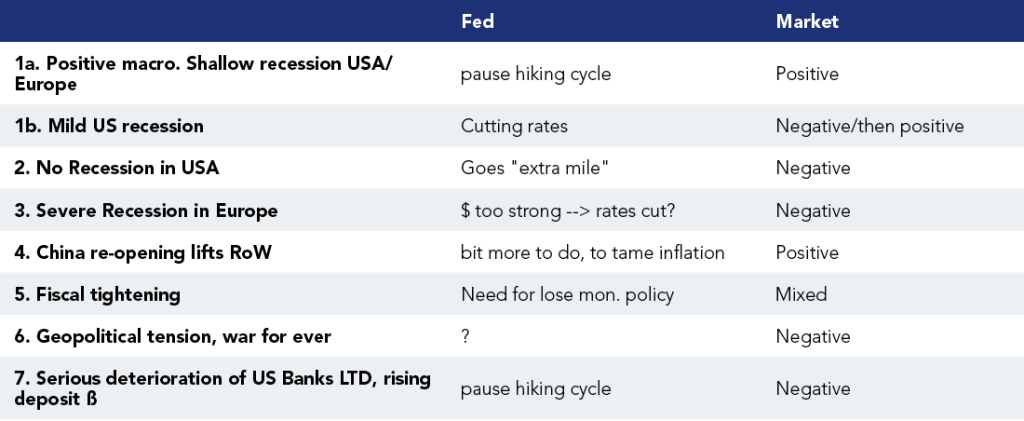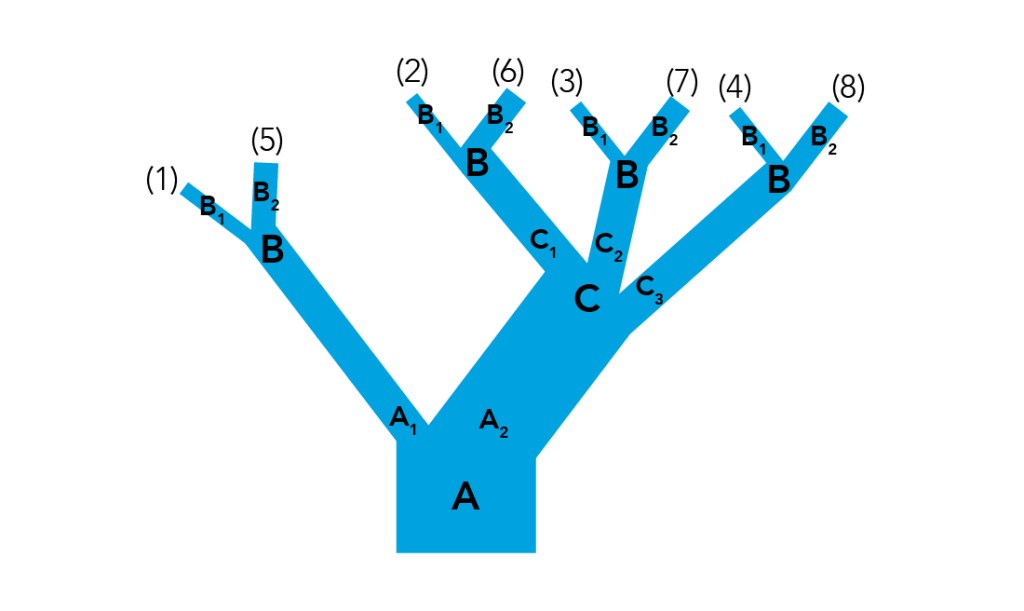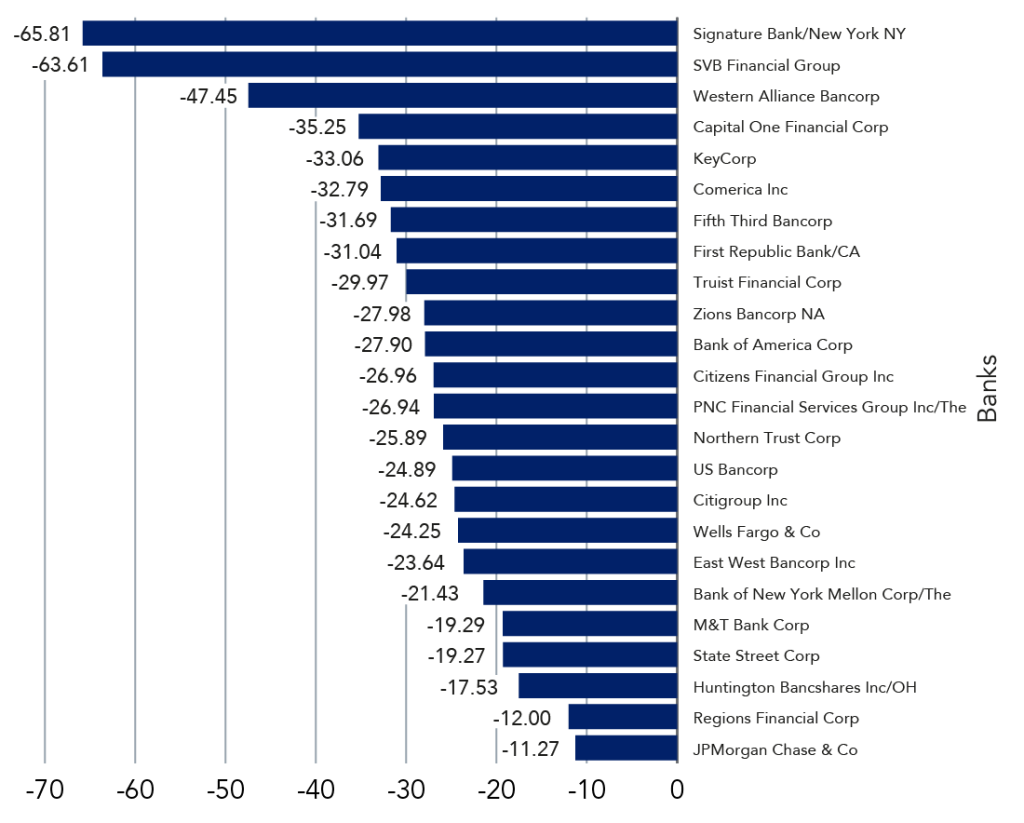Anything can happen.
Or, according to one interpretation of quantum mechanics, everything that can happen, does happen.
The so-called ‘many worlds’ postulate, first floated in the 1950s by then US physics PhD student, Hugh Everett III, resolves a fundamental enigma of the ‘wave function’ – the mathematical expression of how a quantum system, such as an electron, evolves over time.
Under the standard explanation of wave function behaviour (dubbed the ‘Copenhagen Interpretation’), the smooth probabilistic flow of a quantum system through time collapses from a superposition of many possibilities to a single observed outcome: what you see is what you get.
Instead, the ‘many worlds’ hypothesis – not to be confused with the ‘multi-verse’ (don’t go there) – argues against the collapse of the wave function into one observation, inferring from an elegant mathematical extension of quantum equations to suggest that reality dishes up all possible outcomes.
The ‘universal wave function’ devised by Everett implies the continual branching of quantum probabilities into multiple real outcomes that exist parallel in the same space.
Figure 1 : An MWI tree with three quantum events, A, B and C
Fed branches out, market splits
If many worlds makes for a head-spinning take on reality, the sensation should be familiar to investors considering the path of possible outcomes in a swirling sea of probabilities. And the investor uncertainty has hit vertigo-inducing levels of late amid non-transitory inflation, rising interest rates and ominous hints of a looming global recession.
Market sentiment over the last year and into 2023 has oscillated wildly as different alternative futures hove into view according to the mood, or data point, of the day.
For example, the US banking sector started 2022 strongly before finishing the calendar year down 4% compared to the broader market, which itself fell into a slump. Banks were hit by investor concerns about recession and the prospect of peak ‘net interest income’ lowering profits.
But markets took a selective view on individual banks within the industry based on factors such as rate sensitivity, balance sheet dynamics (deposits, loans and ‘accumulated other comprehensive income’) as well as closeness to the beleaguered tech players. Unsurprisingly, strong traditional franchises such as JP Morgan outperformed while California-based and crypto-exposed institutions were marked down.
Figure 2: KBW Bank Index (BKX) (% performance, year-on-year)
In its final 2022 temperature check of the US banking market, the US Federal Reserve found bank loans for the December quarter were up 12% year-on-year as deposits dropped 3%: adjusted for acquisitions, the figures amend to 10% for loans and -5% for deposits.1
As the Fed figures show, the expanding US bank loan-to-deposit growth gap – a new development linked to the series of sharp rate hikes – plagued banks last year and it remains a key issue for investors judging by the questions raised in earnings calls.
Possibly, the slide in deposits could reflect outflows as institutions, large corporates and wealth management firms withdrew from the money center banks – the first to feel the wave of rate-sensitve activity.
Whether small- and mid-sized businesses finally wake up to the rates pressure and follow suit will be a big question for the year ahead.
One way to handle macro uncertainty
Over 2023, however, banking profitability is likely to turn on credit normalisation, defensiveness, and idiosyncratic stories: music to the ears of bond-holders.
Yet investors should remain wary of making bold macro calls given the vast range of outcomes still in play. The ‘universal wave function’ of markets could collapse into many alternative futures depending on several key variables – a few sample scenarios are below:
Figure 3: Scenarios for 2023

Rather than aligning with one possible macro outcome, investors would do better to focus on intra-sector dispersion around the core factors. We are relatively bullish on the most important banking themes including:
- Recession risks;
- Net interest income;
- Asset Quality normalisation versus deteroriation;
- Constraints on capital return (on both sides of the pond); and,
- The impact of the final Basel IV regulations.
If Everett is right, the universe will explore all potential scenarios through ever-splitting branches of reality… that will forever remain cut off from each other.
Unfortunately or not, the ingenious mathematical solution to a quantum conundrum can’t offer us a way out of uncertainty. There may be many worlds but we get just this one, which for investors has more than enough alternative endings and surprise beginnings.

Mark Kac (1914 –1984), mathematician








